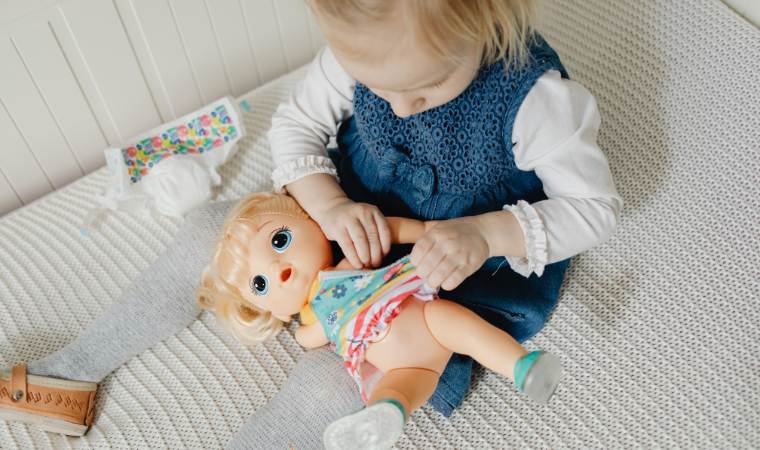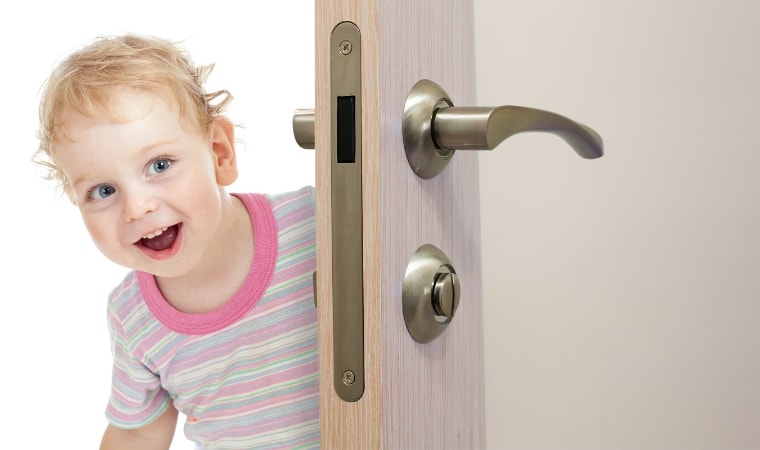Let’s talk about what names to call private body parts (or genitals), as a lot of parents are unsure about it in my free Facebook sex education group for parents, that parent group.
Naming private parts is one of the first steps a parent will often take in sex education.
Teaching your child the correct name for their genitals (or private parts) is one of the first steps in sex education and in protecting kids from sexual abuse. And there are a lot of really good reasons as to why kids need to know the correct names for these parts.
But more importantly, it is part of the language for talking to your kids about where babies come or how babies are made. It can be very difficult to talk about sex if you can’t even say the word penis or vagina (or vulva) in front of your kids!
So what is a parent supposed to do? And why?
If you want to learn more about sex education, you’ll find it in my Sex Education 101 page.
Quick Index
Why is it important to use anatomically correct terms?
Research tells us that kids who know the correct names for their genitals:
- Are less likely to be sexually abused
- Are more likely to report sexual abuse if it happens
- Have a positive body image
- Have a higher self-esteem
But more importantly, you’re opening the door for open and honest conversations on questions that they may have about their body and sexuality. Your kids will instinctively know that if you are naming private parts, that you’ll also be okay to talk about other stuff.
And as a parent, this is what you want. You can’t monitor and protect your child 24 hours a day.
And if something happens or they hear something that they just don’t understand, you want them to know that they can come and talk to you about it.

How do words like penis or vulva prevent sexual abuse?
Most of what we know is based on the research from Dr Freda Briggs in South Australia. She went into prisons and interviewed paedophiles about the grooming process, so she could determine what made a child an easy target for sexual abuse (or one to avoid).
Now, if you’re sexually attracted to children, you don’t want to be caught (because that might mean going to jail and no more sexual contact with the child you’ve just spent all that time grooming). So you’re going to look for a child who is vulnerable.
And paedophiles assume that a child who knows the correct anatomical names, has probably also been taught protective behaviours. Which means they aren’t vulnerable or ‘easy prey’. Therefore, grooming is going to take more time and they will need to be more careful. And when there are plenty of other children out there who don’t know the anatomical names, they usually choose to move on. Leaving your child alone.
Now, some adults will decide to take the risk, regardless. But we also know that children who know the correct anatomical name are also more likely to tell someone that they were touched on their penis or vulva. And that they will communicate this clearly in a way that the adult will understand eg ‘ he touched my vulva’ versus ‘he touched my cupcake’. (There are many sad stories about children who reported inappropriate sexual touch to an adult but it was dismissed. Because the child was unable to clearly articulate what exactly was touched, and the adult misinterpreted what they said and didn’t see it as sexual abuse).
Anatomical illustrations
Now before we get into naming the different parts of the genitals, it helps if you know what name belongs to which part.
If you want some labeled illustrations to show your child, you will find that in my anatomically correct cartoon illustrations of naked bodies and private body parts.
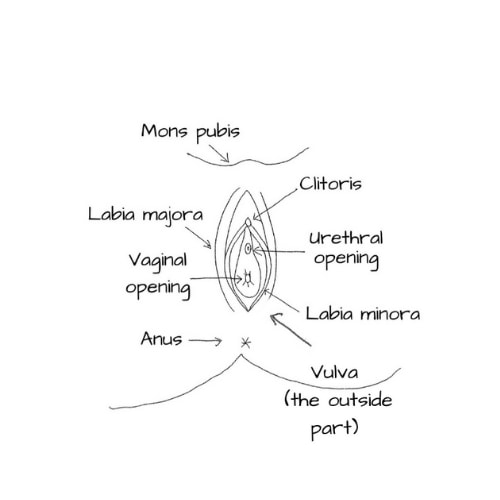
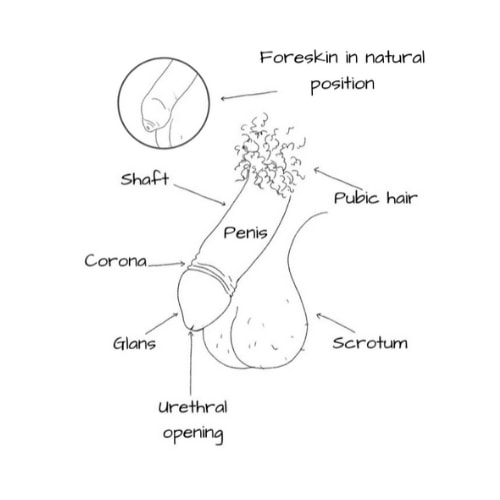
What words should you be using?
Bodies with a penis
When naming the genitals ( or private parts) for kids with a body that is assigned male at birth (AMAB), we use the terms penis and testicles or scrotum.
Technically, the testicles are the inside part (they feel like a peeled boiled egg) and the scrotum is the skin or sac on the outside that holds them.
Other private parts of the body include the mouth and the bottom.
Bodies with a vulva
When naming the genitals (or private parts) for kids with a body that is assigned female at birth (AFAB), you can use the terms vulva and vagina.
Ideally, we should start off talking about the vulva as the outside part, and the vagina as the inside part. Don’t stress if you started with the word vagina, just start including the vulva as well.
My daughter had lots of ear infections as a child, so she had issues with her hearing. So whenever I talked to her about her vulva, she would hear ‘Boulder’ instead and would think I was talking about Boulder from the Thomas the tank engine cartoon. To save confusion, we used vagina for a while, and then when her hearing improved, and she was old enough to understand what I meant, we started to use the term vulva as well.
Other private parts of the body include the mouth and the bottom.
But what about the other parts?
And yes, there are some other parts as well that you can also include, like the clitoris. And then there is the bottom and the mouth as well (which can be used in a sexual way).
You can start talking about these other parts as well, at whatever age you like. But try to keep it age-appropriate and based on their level of curiosity. This is something that we do instinctively as parents ie talking about things at a level that is appropriate to that child.
For example, if a 3 year old points to a flower and says ‘What’s that?’, you will probably keep it pretty simple and generalise, by saying it is a flower. If they were 5, you might give more detail and say, that’s a daisy. If they are 7, you might say, that’s a flower and it is about to drop its seeds. If they want more details you might point out the different parts of the flower, such as the petals, stem, leaves, stamen etc.
There is no hard or fast rule on this one. If you want to teach your 3 year old about the clitoris, you can do so and you won’t over sexualise or harm them. And if you want to wait until they are wanting the details, that’s fine too. You won’t impede their sexual development or give them any hang-ups about their body!
So try to remember, start off simple and add in further details as they get older. The important thing is that you are acknowledging that they have these parts and that they have a proper name.
How to start using the correct names
The best way to start naming private parts is to incorporate the correct names into everyday language. At first, you may feel awkward, but the more you say them, the more comfortable you will become.
If you struggle with saying the names aloud, practise saying them in front of the mirror or with your partner before starting with your child. Trust me, this will help! The more you say these words, the more comfortable you will become. It is a slow process of desensitisation!
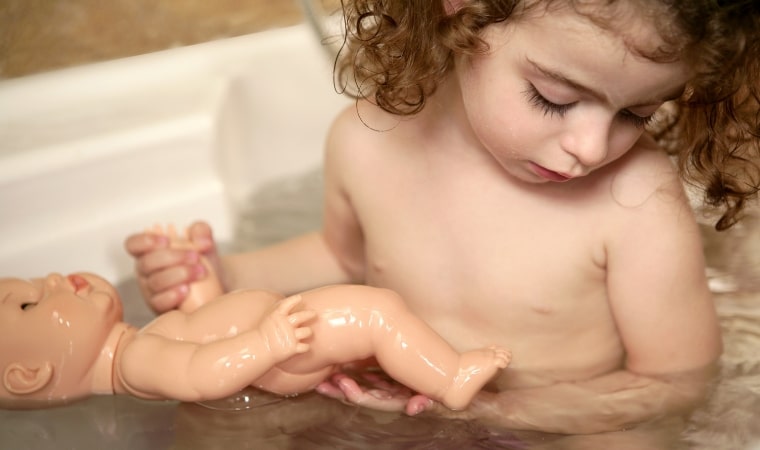
When to use the correct names
You can start using the correct names for the body parts during nappy changes, bath time, when getting dressed and during toilet training. The opportunities are endless.
It is important to make the correct names sound natural. You want your child to think that their genitals are equal to any other part of their body and something they shouldn’t be ashamed of. So try to say them in your everyday voice – the one you use when talking about what they’re having for dinner tonight!
Rules on using the correct names
Sometimes kids will get into trouble by adults for using the correct names.
You need to let your child know that the names of our genitals are private words and that they should avoid using them in public places, like in the playground or at school.
Explain to them that some adults get embarrassed by those words and may get cranky if they hear kids saying them. If this happens, they need to tell you. Kids aren’t stupid – they work out pretty quickly what is and isn’t socially acceptable.
And by knowing the correct names, does that mean that they will be silly with them? Possibly, but remember that toilet talk about ‘poo, wee, bums and penises’ happens regardless with kids, whether they are using the correct names or not!
An upside is that kids who have these words as a normal part of their vocabulary are less likely to use them in a silly way. There is no power in using a word that is acceptable!
Is it okay to use made-up names?
A common question from parents is whether it is okay to use a made-up name or not.
Well, it depends…
If the only name you will use is a made-up name, then no. It isn’t okay to use a made-up name. As it will make your child vulnerable to sexual abuse.
If you have taught your child the correct anatomical name for their genitals, then it is up to you. You can also use a made-up name if you want to, as long as your child knows that they should use the correct anatomical name when talking to an adult.
NB. Now, this topic is contentious and discussions about whether you should or shouldn’t use a made-up name can get quite heated. My thoughts are therefore grounded in healthy sexual development (not abuse prevention) with the belief that sex education is more about open and honest conversations than worrying about whether you’re doing it right (or not). But at the end of the day, do what feels right for your family.
Resources for talking about private parts
There are some wonderful resources that are helpful for teaching your child the names of their private parts.
If you want some labeled illustrations to show your child, you will find that in my anatomically correct cartoon illustrations of naked bodies and private body parts. It includes both child and adult bodies as well as the internal organs.
Books are a fantastic resource. There are some lovely children’s books about private parts that will help you to teach your child in a comfortable way. I have also found some children’s books about the human body that also include the genitals and/or the reproductive system. You’d be surprised at how many anatomy books ignore the private parts!
If you’d like some ideas on how to have shame-free conversations about penises and vulvas then the best resource is my Parents’ Guide to Private Body Parts. It will give you lots of suggestions on how to have conversations that feel natural and easy.
Another popular way to teach children the name of their private parts is with my anatomically correct paper dolls. Paperdoll Friends and Paperdoll Superheroes are a fun way for your child to learn about the human body while they cut, colour and play.
These girl and boy puzzles actually do have some very basic (non-threatening) genitals on the naked body. This 4 pack of human body puzzles will be good for older kids. And if you want something that has a few more clothes and both male and female bodies, then the Melissa and Doug set is an option.
Or if you want some puzzles of people in work clothing (and genitals) then this set by T.S. Shure are another option.
There are dolls that are anatomically correct. You can find male and female dolls of different cultural backgrounds and of varying sizes. Here are some of the many anatomically correct baby dolls. It is very difficult to find child dolls with genitals (if you find one, please do let me know). A parent messaged me and told me that the Minikane dolls are anatomically correct (these dolls are gorgeous and are very diverse in regards to hair and skin colour).
References
- Children’s Sexual Development and Behaviour – Pants Aren’t Rude by Pam Linke 2015.
- From Diapers to Dating: A Parent’s Guide to Raising Sexually Healthy Children by Debra Hafner 2000.
- Handbook of Child and Adolescent Sexuality; Developmental and Forensic Psychology edited by Bromberg & O’Donohue 2013.
- Understanding Your Child’s Sexual behaviour: What’s Natural and Healthy by Toni Cavanagh Johnson 1999.
- Where Do I Start? Supporting Healthy Sexual Development in Early Childhood by Family Planning QLD 2009.

